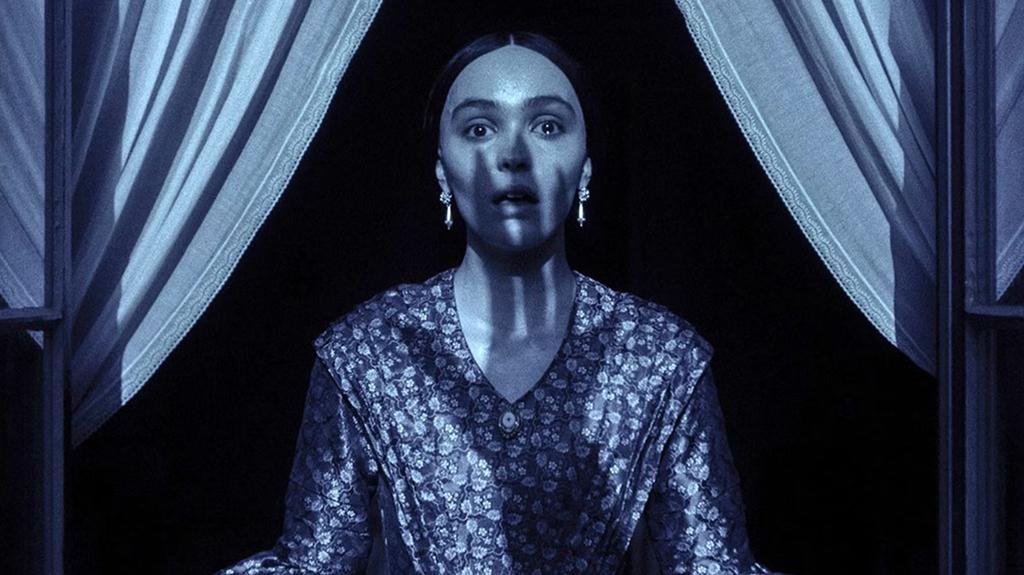‘NOSFERATU’: A Remake Drained of Blood and Purpose
Robert Eggers sets out to revive one of cinema’s most iconic horror figures, following in the shadowy footsteps of F.W. Murnau’s 1922 silent classic and Werner Herzog’s eerie 1979 remake. The story of the vampiric Count Orlok, reimagined for modern audiences, should have been a masterclass in gothic horror and atmospheric dread. But despite its meticulous craftsmanship, it feels strangely lifeless.
Rather than breathing new life into this classic tale, Eggers’ film becomes something else entirely: a pastiche of itself. It’s almost impressive how much effort and money have been poured into this remake, only for it to result in something that feels uninspired, at times absurd, and unintentionally funny.
The original ‘Nosferatu’ (1922) was a silent film. Eggers, however, chooses to give his version dialogue, a decision that might have worked if Nosferatu’s voice weren’t so exaggerated, so over-the-top, that it borders on self-parody. Every syllable is rolled, every line delivered with theatrical absurdity. And when we’re not subjected to empty, stilted lines, we’re bombarded with an overbearing score that constantly insists on telling us how to feel.
The actors’ performances don’t help either. Nicolas Hoult spends the entire film looking like he’s suffering from a severe stomach issue, sweating profusely and grimacing as if in constant discomfort, which is hardly enough to convey terror. Lily-Rose Depp, unfortunately, does not manage to elevate her character either, though to be fair, she isn’t given much to work with. And then there’s Willem Dafoe, who seems to have realised that the film is veering into parody, almost leaning into it.
Visually, Eggers clearly wants to recreate the aesthetic of old cinema, playing with sepia tones, black-and-white sequences, and exaggerated lighting. But there’s a stiffness to it all, a sense of excessive control that drains the film of any real energy. Every shot is meticulously composed, every frame carefully symmetrical, so much so that it feels like we’re looking at a gothic fashion catalogue. There’s no grit, no rawness, no real sense of unease. The film talks about darkness, about lust, filth, and decay, but it’s all too polished, too staged, too pristine.
This represents a certain kind of modern “auteurism” in Hollywood, the kind obsessed with technical perfection but devoid of genuine emotion. ‘Nosferatu’ is a film that screams its own importance, a film that constantly reminds you of how well-made it is, yet refuses to let you actually feel anything.
The narrative structure is a mess, relying on an exhausting cycle of fever-dream sequences, each one ending with a sudden jolt awake. The first time, it’s intriguing. The second time, repetitive. By the twelfth time, it’s unbearable. Eggers doesn’t trust its audience to engage with his film on their own terms; instead, he drowns them in an onslaught of oppressive imagery, ceaseless sound design, and relentless pacing.
And for all of this, the film is boring. It’s two hours and twelve minutes of relentless visual excess, but without a single moment of genuine engagement. Watching ‘Nosferatu’ is like flipping through an expensive art book at high speed. There’s beauty, sure, style, definitely, but no substance, no soul. About halfway through, I wanted to give up. If the film was going to shut me out emotionally, I had no problem returning the favour.
Perhaps there’s something to be said for that. If ‘Nosferatu’ aims to be a nightmare, then maybe it succeeded, because, like most nightmares, many will wake up from it feeling relieved that it’s finally over.
AFTERTASTE
1.5




